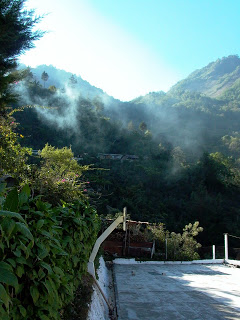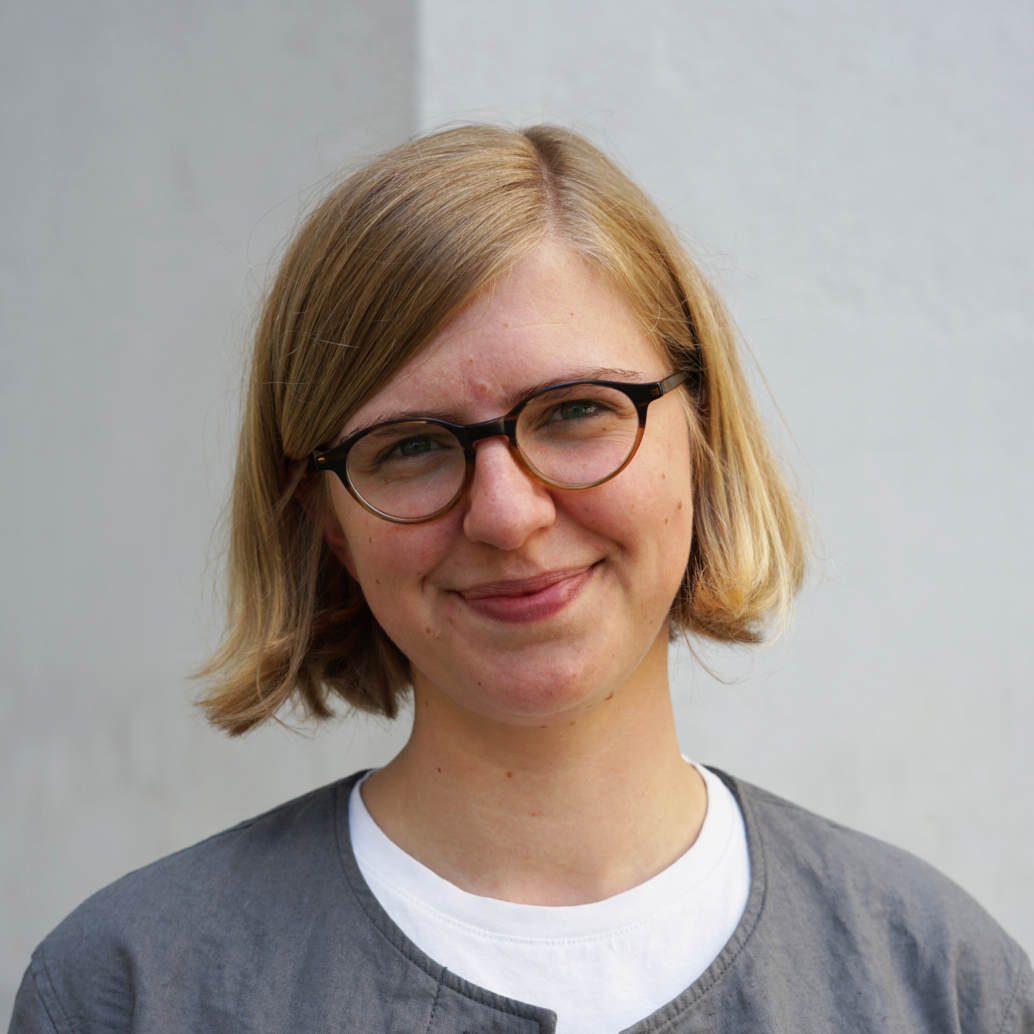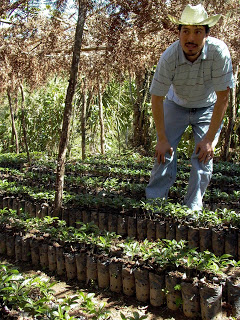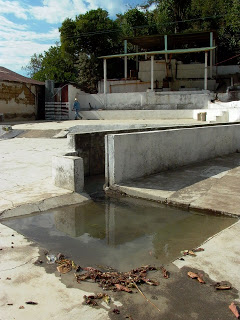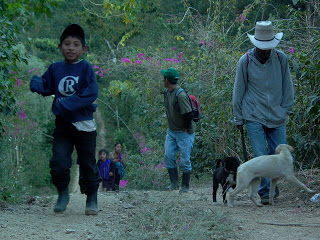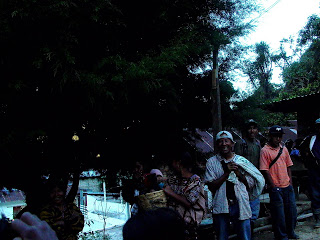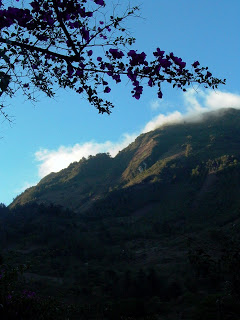The roads are not bad, it´s just that signs are pretty non-existent. Fortunately I had a fairly experienced guide:
Edwin Martinez, roaster and grower in the 3rd generation.
My collegue Klaus was here 1 year ago, I recommend you to read about his experiences, and I will try not to repeat too much of what he wrote.
Arriving in the afternoon we saw that activity was lower than you might expect at this time of year. We are in the middle of the harvest season, so normally the patios would be full of coffee and pickers would line up and unload their cherries to be processed.
But the last days had brought some tough weather, which even included hail. Hail is not very usual, but does occur now and then. Generally this season has been a bit dry and cold. For the farm this means that you get periods of days when there are no ripe cherries to pick, which in turn means that there´s no work for the pickers.
The pickers then go to work in other farms or on their own fields, but not necesserly with coffee. How far away they go depends a lot on if they live permanently in the neighbourhood. You would think it’s hard to gather everybody when time is right again, but no worries, many people have cellphones and the word spreads fast.
So the following morning everybody knew that there was a lot of work to do.
First you see a group of maybe maybe 5 people approach silently from one hillside, then 3 from the other side, then 3 more, by 6 o’clock the meeting point on the road is full of people. Diego or somene else permanently working at farm goes through which fields are going to be worked on and 5 min later everybody is off again. It´s time to go picking.
It might sound random who is actually working in the farm as a picker, but nothing could be more wrong. People are recommnded by other pickers to be able to work at the farm. This goes the other way around as well- farms has to provide good conditions, access, school nearby etc, there is always work to be found other places. So all in all, it´s a mutual selection process of who works with whom, that is not entirely easy to map up.
One thing is certain, coffeefarming is far from just processing methods or varieties- it´s about people.
That said, here is what you will taste in your cup this year:
Acidity.
Coffees from the Huehuetenango region and especially FVH are known to have a refined acidity. Due to the somewhat dry and cold weather this year, the cherries will mature slower. This in turn gives a more distinct acidity.
See more photos on Flickr here.
Would you like to get our different coffees delivered directly to your doorstep? We've got you covered.
Address
Coffee Collective
Godthåbsvej 34B
2000 Frederiksberg
CVR: 30706595
Contact
mail@coffeecollective.dk
+45 60 15 15 25 (09.00-15.00)
Coffee and cookies
This site uses cookies.
Find out more on how we use cookies.
